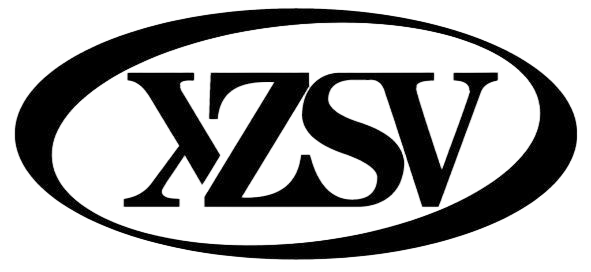Understanding Industrial Valve Safety Systems
Industrial processes rely heavily on precise flow control and pressure management systems to maintain safety and efficiency. At the heart of these systems are various valve technologies, including the electric ball valve and specialized safety valves, each playing crucial roles in protecting equipment and ensuring operational integrity. As we explore the distinctions between pressure safety valves and relief valves, we'll uncover how modern automation has transformed traditional safety mechanisms.
Core Components of Industrial Safety Systems
Pressure Safety Valve Architecture
Pressure safety valves (PSVs) represent the last line of defense in preventing catastrophic equipment failure due to over-pressurization. These sophisticated devices incorporate spring-loaded mechanisms that automatically respond to pressure changes, working alongside modern control systems like the electric ball valve for comprehensive pressure management. The integration of traditional mechanical systems with electronic controls has revolutionized how industries approach safety protocols.
Modern PSV designs often feature smart monitoring capabilities that can communicate with central control systems, providing real-time data about valve status and performance. This advancement allows operators to anticipate potential issues before they become critical, especially when coordinated with electric ball valve systems that can provide precise flow control upstream of the safety devices.
Relief Valve Design Elements
Relief valves share some similarities with PSVs but are engineered for different operational scenarios. While both protect against over-pressure situations, relief valves typically handle normal process variations and are designed to open gradually as pressure increases. These valves often work in conjunction with electric ball valve installations to provide layered protection against pressure fluctuations.
The internal components of relief valves are carefully calibrated to respond to specific pressure thresholds, making them ideal for applications where precise pressure control is essential. Many modern relief valve systems incorporate electronic sensors and actuators, enabling them to work seamlessly with automated control systems and electric ball valve networks throughout the facility.
Operational Differences and Selection Criteria
Response Characteristics
The primary distinction between PSVs and relief valves lies in their response characteristics. PSVs are designed to open fully and rapidly when their set pressure is reached, providing immediate protection against dangerous overpressure events. This rapid response is crucial in emergency situations where conventional control valves, including electric ball valve systems, may not react quickly enough to prevent equipment damage.
Relief valves, conversely, typically open proportionally to the pressure increase, making them more suitable for normal process control and pressure regulation. They often work in tandem with electric ball valve assemblies to maintain optimal system pressure during regular operations, providing a more nuanced approach to pressure management.
Application Requirements
Selecting between a PSV and relief valve requires careful consideration of the application requirements. Critical safety applications typically demand PSVs, while processes requiring precise pressure control might benefit more from relief valves integrated with electric ball valve systems. The decision often depends on factors such as maximum allowable working pressure, required flow capacity, and system response time requirements.
Modern industrial facilities frequently employ a combination of both valve types, creating redundant safety systems that protect against various pressure-related scenarios. The integration of electric ball valve technology in these systems adds an additional layer of control and monitoring capability, enhancing overall system reliability.
Implementation and Maintenance Protocols
Installation Considerations
Proper installation of safety and relief valves is crucial for their effective operation. Considerations must include proper sizing, orientation, and integration with existing control systems, particularly when working alongside electric ball valve installations. Engineers must carefully evaluate pipe stress, support requirements, and discharge routing to ensure safe and reliable operation.
The placement of these valves relative to other system components, including electric ball valve assemblies, requires strategic planning to optimize flow patterns and ensure rapid response to pressure events. Modern installation practices often incorporate smart sensors and monitoring systems to provide continuous feedback on valve performance and system status.
Maintenance Requirements
Regular maintenance is essential for both PSVs and relief valves to ensure reliable operation when needed. This includes periodic testing, inspection, and calibration, often performed in conjunction with maintenance of related components such as electric ball valve systems. Maintenance schedules must comply with industry standards and regulatory requirements while considering the specific demands of the application.
Advanced maintenance programs increasingly utilize predictive analytics and condition monitoring to optimize maintenance intervals and prevent unexpected failures. This approach is particularly effective when integrated with modern electric ball valve systems that can provide valuable operational data for analysis.
Future Trends and Technological Advancements
Smart Valve Integration
The future of pressure safety and relief valve technology is closely tied to developments in smart automation and control systems. Integration with electric ball valve technology and advanced monitoring systems is becoming increasingly common, enabling more sophisticated pressure management strategies and predictive maintenance capabilities.
Emerging technologies include wireless monitoring systems, artificial intelligence-driven predictive maintenance, and advanced materials that enhance valve performance and longevity. These innovations are transforming how industries approach pressure safety and system protection.
Regulatory Evolution
Industry standards and regulations continue to evolve, driving improvements in valve design and safety protocols. The integration of electric ball valve technology with traditional safety systems is leading to new standards for system monitoring and control, ensuring better protection against pressure-related incidents.
Environmental considerations are also shaping the development of new valve technologies, with increased focus on reducing emissions and improving energy efficiency in pressure management systems.
Frequently Asked Questions
What is the main difference between pressure safety valves and relief valves?
The primary distinction lies in their response characteristics. Pressure safety valves open rapidly and fully at their set pressure point to provide emergency protection, while relief valves typically open gradually in proportion to pressure increases, making them more suitable for normal process control alongside electric ball valve systems.
How often should safety and relief valves be tested?
Testing frequency depends on the application, industry standards, and local regulations. However, most facilities conduct annual testing for critical safety valves and more frequent inspections for relief valves integrated with electric ball valve systems. Some high-risk applications may require more frequent testing intervals.
Can pressure safety valves and relief valves be used in the same system?
Yes, many industrial systems employ both valve types to provide comprehensive pressure protection. PSVs serve as emergency protection devices, while relief valves handle normal process variations, often working in conjunction with electric ball valve assemblies for optimal pressure control.

